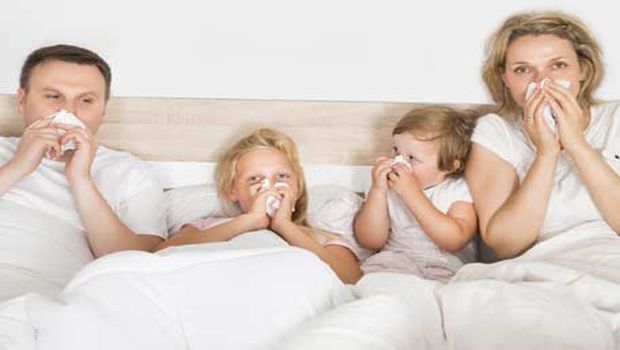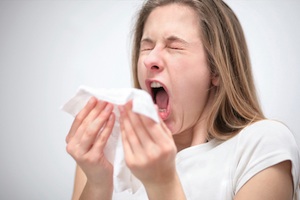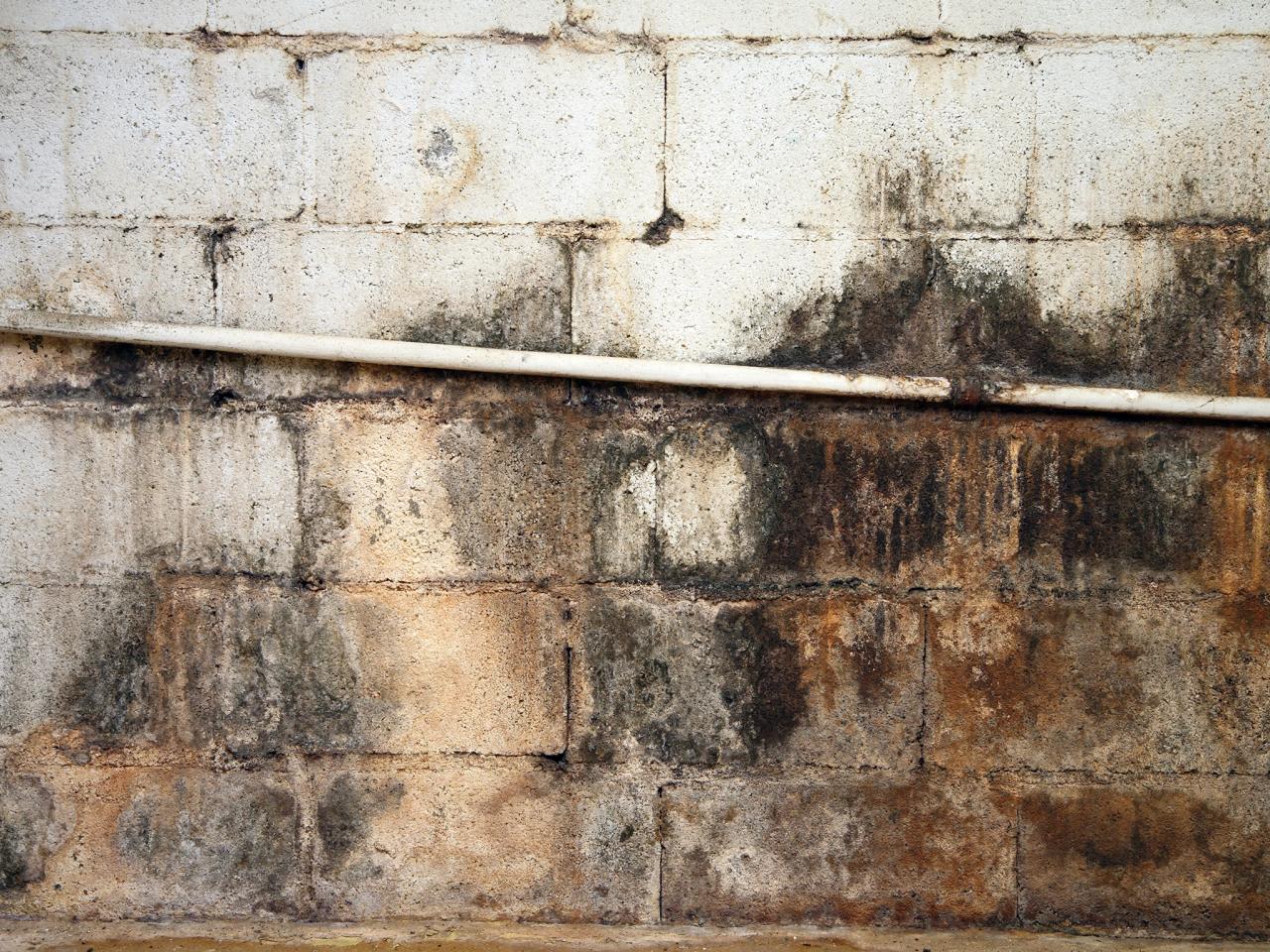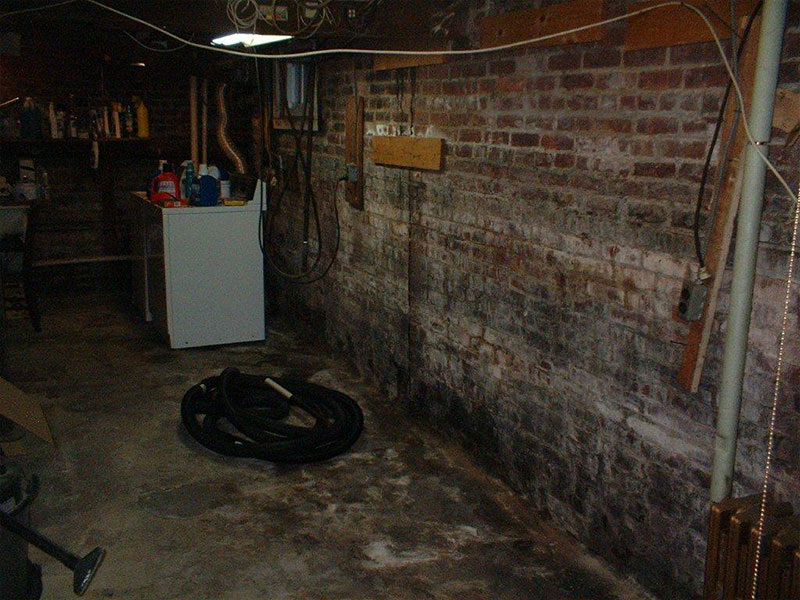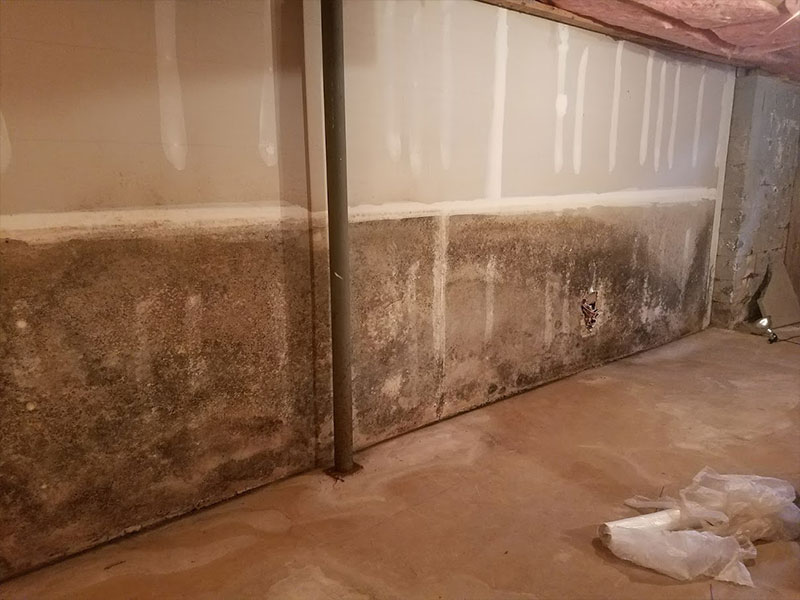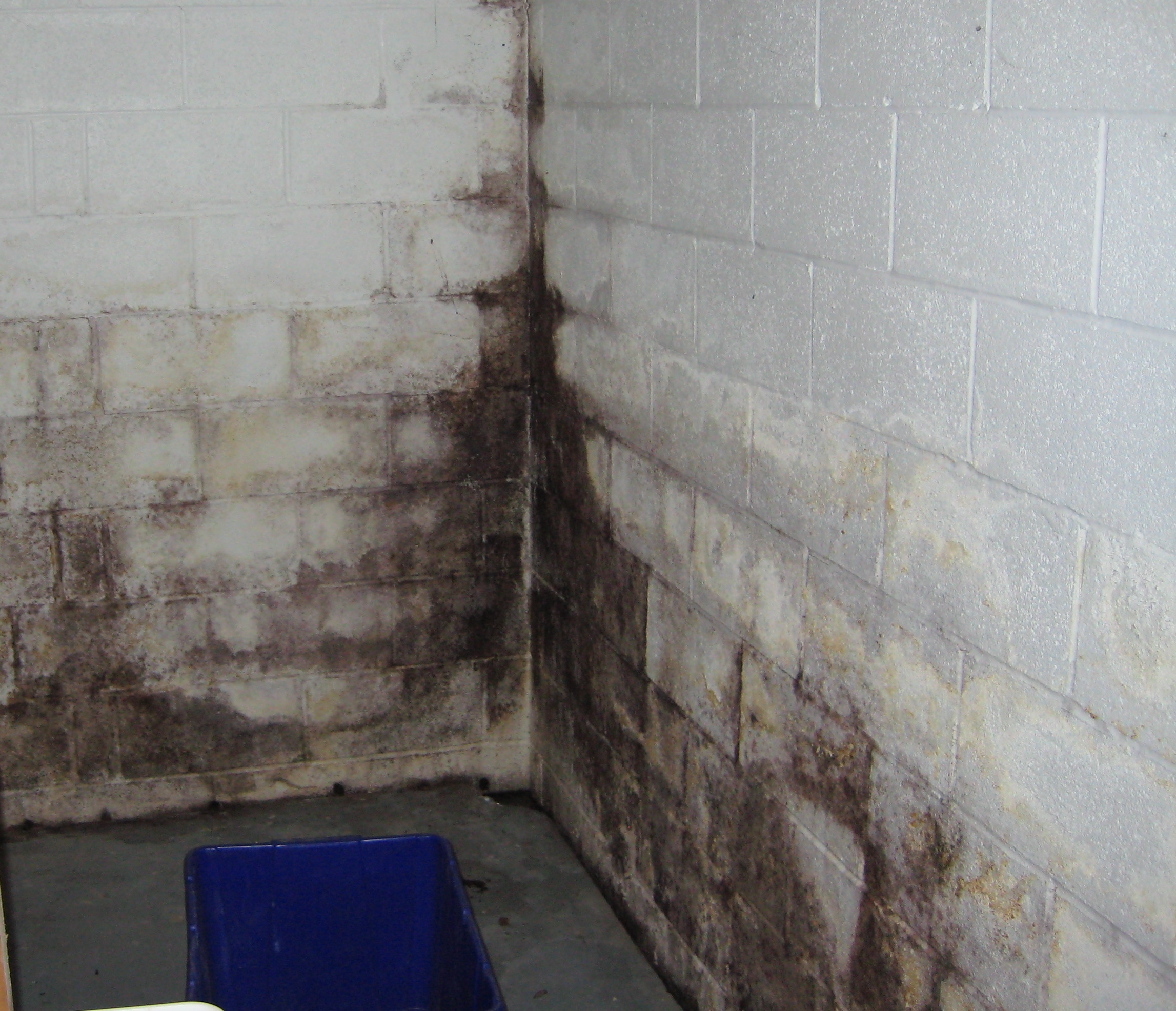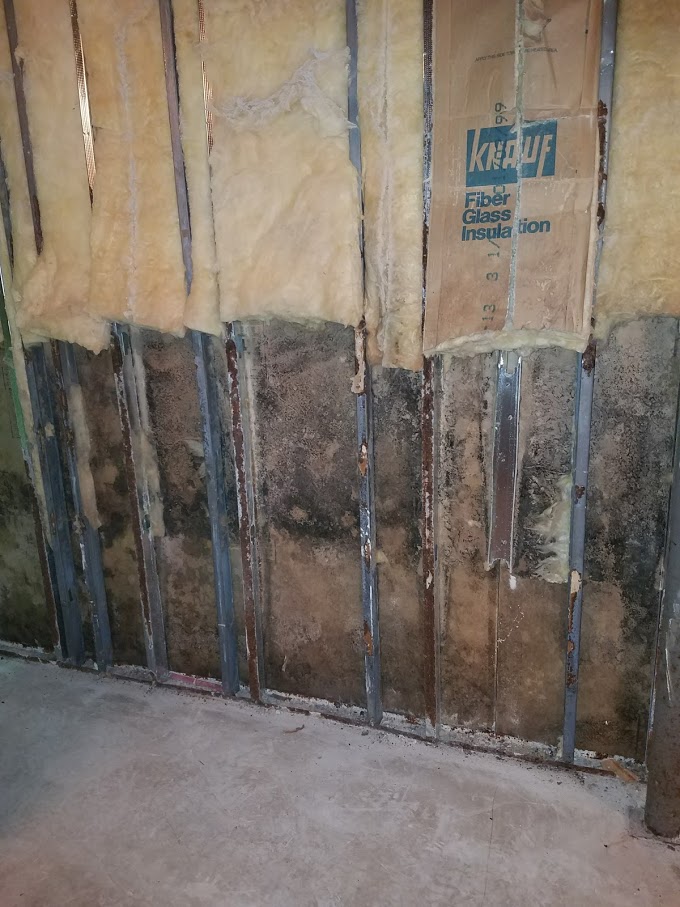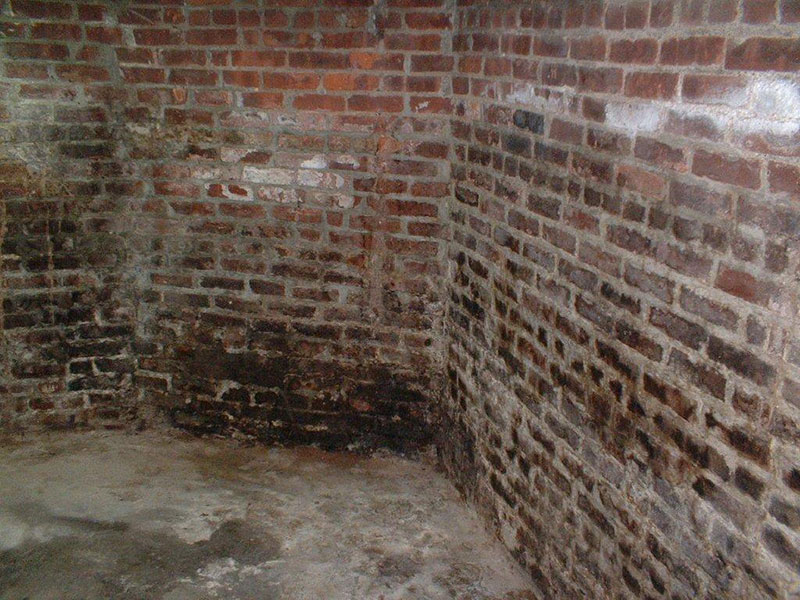Mold Testing, Remediation & Abatement
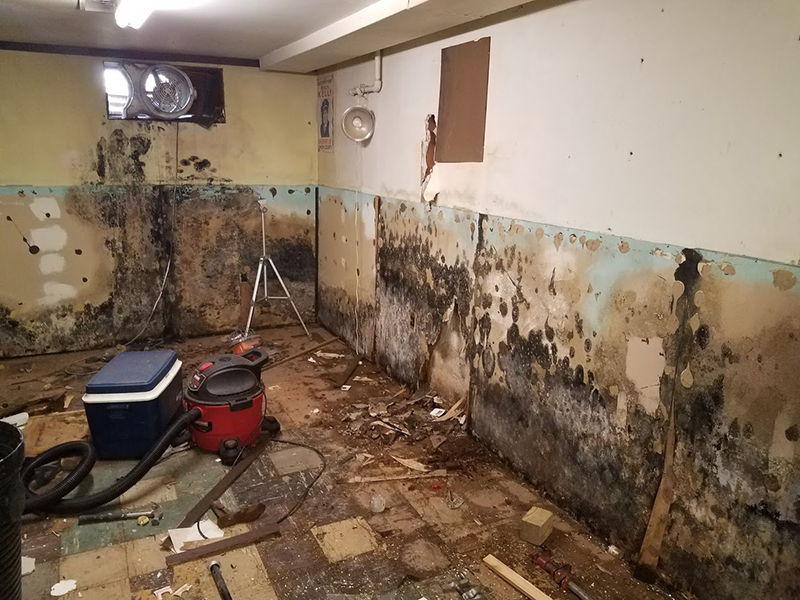
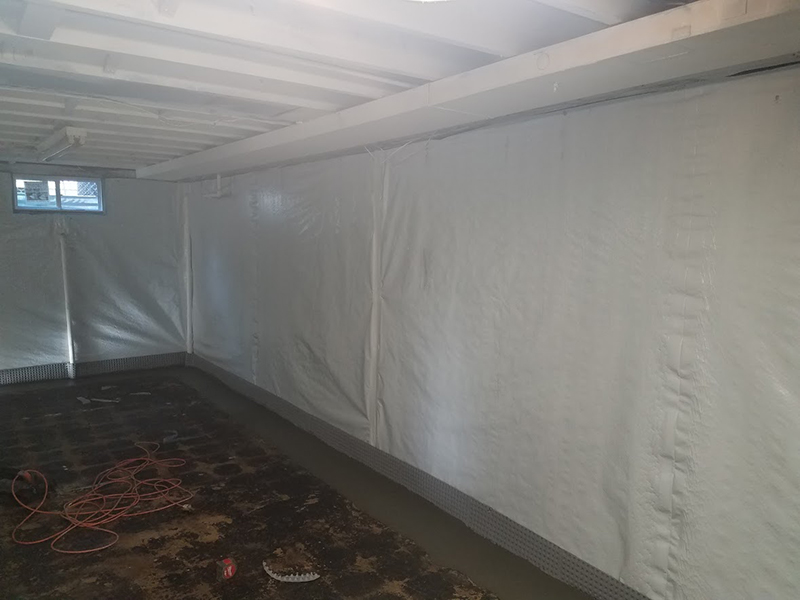
A damp, wet, humid basement or crawlspace can lead to the perfect breeding ground for mold growth. Mold can start to grow with humidity levels consistently above 50%. It only needs moisture, an organic substance to grow on, & the right temperature. If any water seepage or flooding has occurred then any and all wet materials must be dried within 24-48 hrs, or mold will take hold & can spread very quickly. If mold is not addressed in a timely manner it can destroy an entire home, because this organism will feed on whatever it can. At which point many of the homes contents must be discarded. Or worse yet, it can cause illnesses to the occupants who are exposed to these spores, sometimes leading to a “Sick Building Syndrome”. Mold gets most of its press from the potential health affects it can cause, and rightfully so. All molds are bad if they are growing & spreading within a home. You can’t really go by color in terms of health. Black molds seem to be always labeled as toxic, but molds of many different colors can be just as harmful as well. Any type of mold can grow in large patches without producing any toxins at all. But if that same mold becomes disturbed by changes in the temperature or humidity it can now begin to produce mycotoxins in the form of toxic spores & gases. Plus, mold can remain dormant for months or even years before it can awake to give off it’s toxins, again with just the right combination of temperature & humidity. This is why no mold should ever be left inside the home or just covered over. With many homes having HVAC systems located in basements and crawlspaces, this enables spores to travel through the air ducts and easily spread to any part of the home. If you have mold in your home, Call or Email Us today.
To be very clear, the only way to stop mold growth is cut off it’s #1 food supply- “MOISTURE”. If that is not done first & foremost there’s no point in doing any remediation, because it will only return.
How It Spreads & Why Not To Do It Yourself:
When removing mold, the objective is to do so without causing it to lose any spores. Fungi/mold is spread through the release of spores, much like pulling a dandelion up from its roots and having the seeds on top begin to spread. Once the spores have been disturbed they become airborne, and if the conditions are right, where ever they land they have a good chance of germinating and growing. If you come across mold in your home, you may notice that it seems to give off a dust. That “dust” is actually mold spores, and by disturbing them, you’re sending millions of them farther into your house, HVAC system, and furniture. That’s why during the remediation process, proper containment is a must to prevent cross-contamination.
Our Remediation Process:
Consists of first setting up a contained work area with the use of neg. air machines & air scrubbers w/ HEPA filters. We then remove or abate any & all materials that cannot be cleaned. The remaining solid materials are brushed & HEPA vacuumed, & then we apply biocide chemical to kill the remaining mold spores, and finally applying an antimicrobial coating to protect & seal the substrate from any future mold growth.
Favorable Conditions For Mold
- Relative humidity of roughly 50% or higher
- Damp, dusty conditions
- Stagnant air (which is why overly “tight” homes designed for energy efficiency can have mold problems)
Attics & Mold
Attics are another part of the home where mold is frequently found.
- (Causes) – poor ventilation, roof leaks, ice damming, HVAC problems, condensation
Condensation occurring in an attic is a big culprit of the problem. If heat escapes into the attic from poor insulation & then that warm air hits a cold surface in will create condensation & mold growth. Also the northern side of roofs don’t receive enough sunlight to dry them out fast, so that side exposure can get moldy. Another big issue is having the bathroom exhaust fan vent directly into the attic, so all that hot moist air hits cold surfaces & is perfect for mold growth. Older roofs don’t have ridge vents & soffits which allow the air to flow up & out keeping things dry.
If mold is found in the attic it is treated the same way as described before, HEPA vac & (2) part spraying process of the surfaces. We will also recommend the necessary steps to fix the issues that caused it. Maintaining Indoor Air Quality:
Another part of keeping mold at bay is proper ventilation & dehumidifying. Failure to provide adequate air circulation and regulate humidity levels can have serious consequences on every level of the home, and every person living there. These problems include structural damage, molds, musty odors, condensation, infestation, and the risk of serious respiratory problems.Stagnant, damp air is a major contributing factor to mold activity. Unfortunately, dehumidifiers DO NOT ventilate or circulate the air, they are extremely costly to run, & require daily maintenance. They recycle the same stale unhealthy air, & can overheat causing a fire.
Now the Solution:
Eco-Dry Waterproofing installs the “Humidex Humidity Control & Ventilation System”
- The unit is 90% less expensive to run, saving hundreds of dollars a year in electricity vs one dehumidifier. It requires ZERO maintenance and has no risk of overheating.
Contact Us
Contact Us
Contact us today for a free quote!
Eco-Dry Waterproofing covers all of Northern NJ including Sussex, Morris, Warren, Passaic, Essex, Union and Bergen Counties. We backup our work with a Lifetime Dry Basement Guarantee. Financing Available (0% Financing Option. Pre-approval in 60 seconds).



